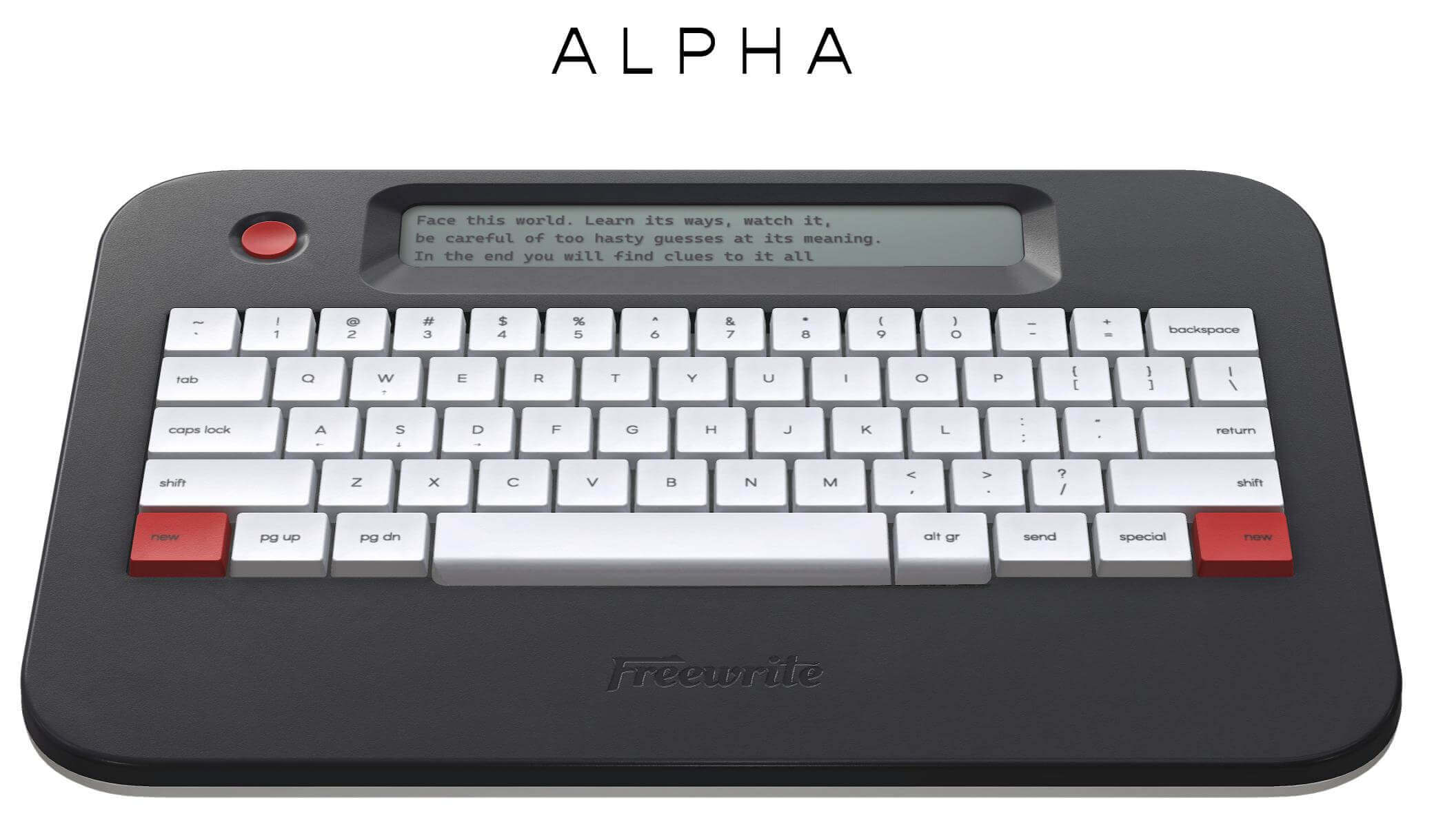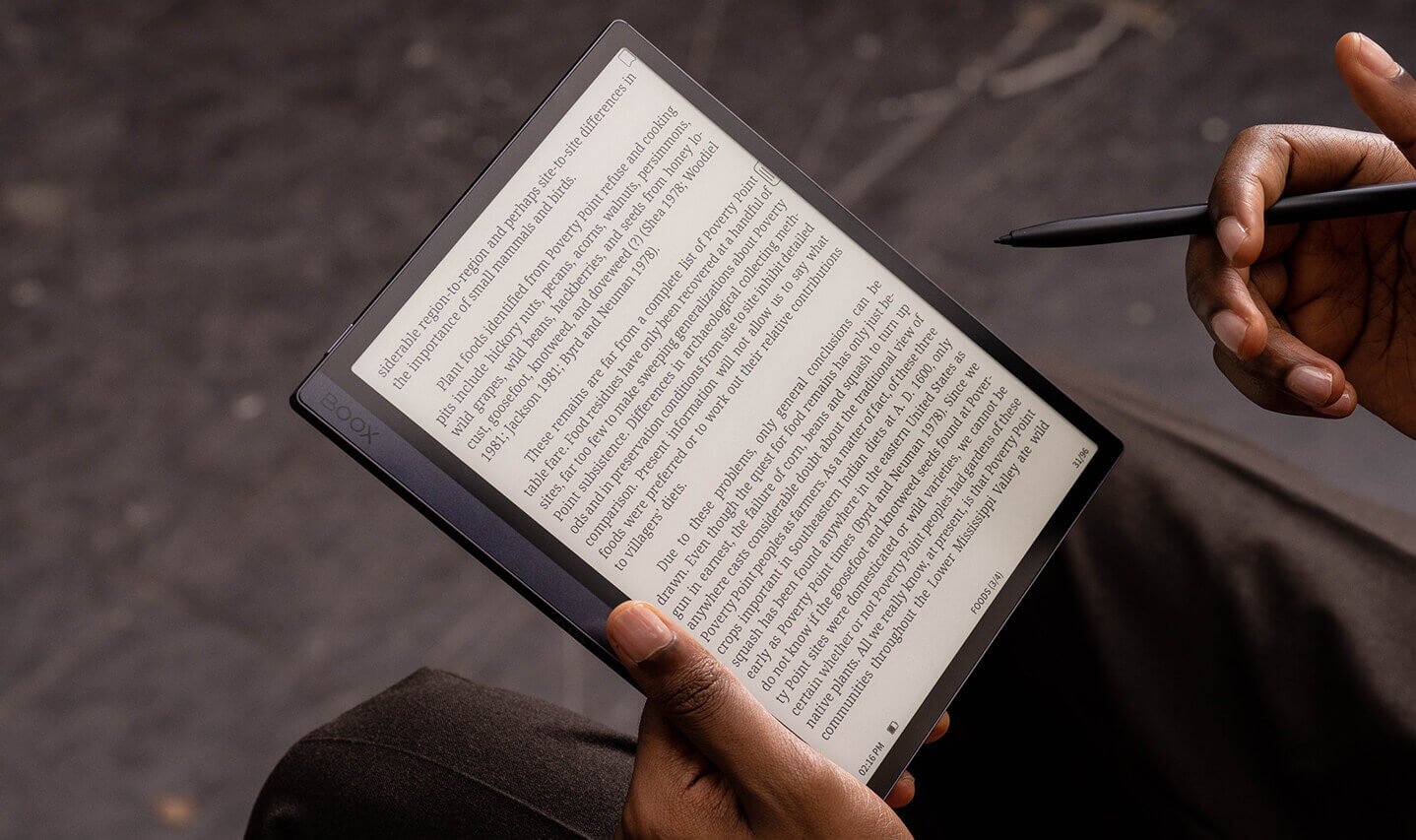Bigme, Pocketbook, Onyx Boox, Meebook, and dozens of other companies released many e-readers in 2023. Onyx Boox released twelve new devices for the domestic Chinese market and international releases. Bigme released six new products, Pocketbook released five, and Meebook around four. What do these companies all have in common? They make all their money selling hardware, so keeping up with what is good and what you should avoid is hard. They do not monetize their software experience, but they should.
The vast majority of e-readers that are sold around the world do not release many units every year. Amazon did not issue a new e-reader in 2023, while Barnes and Noble refreshed their entire lineup. Kobo released a single new device, while Tolino took the year off. Hyread, iReader and iFlytek also released a few new devices. The main difference between these products is their monetization strategy; they sell books, comics, manga, magazines, and newspapers. Not to mention subscription services for Unlimited Reading programs. Selling digital content is big business and offsets the development costs, cost to the end user, and marketing costs.
One of the companies that monetize software effectively is Remarkable. It is called Connect. This plan is currently $2.99 monthly. The benefits? You get an extended warranty, financial savings when shopping on the Remarkable Store and unlimited cloud storage. Capture ideas and take notes using your preferred devices’ Remarkable mobile and desktop apps. Add new thoughts on the go, or pick up where you left off earlier, with all your work available and ready to build on in a single, focused note-taking system.
Onyx and Bigme are two brands that focus on digital paper products, otherwise known as e-notes or e-notebooks. Half of their lineup is devoted to black and white e-paper screens, while others are using colour e-paper, such as Kaleido 2 or Kaleido 3. I believe these brands are in an excellent position to monetize their devices in a few different ways. By default, you get around 16 colours when drawing, taking notes or editing PDF files. A small subscription service to double the colours would resonate with users, especially those who hang onto their devices for a long time or upgrade every few years since the potential subscription would be tied to your user account. These companies should develop interactive templates, such as calendars, to-do lists and others targeting specific industries. Offering premium templates would make these devices appeal more to a business crowd. Most products from these two brands also have cameras with OCR functionality, but sometimes it is limited to a certain number per day or total; a subscript option for unlimited OCR functionality would be suitable for people who need to take lots of pictures of physical text and digitize them. These are just some examples from the top of my head, but honestly, I think all of these are valid and sound, especially at around $2.99 to $4.99 per month.
The big reason why Bigme, Pocketbook, Onyx Boox, Meebook, and smaller regional brands release a crazy number of products per year is that they only make money selling hardware once, and then they move on to the next thing. Their big challenge in 2024 and 2025 is figuring out how to monetize software for new and existing users so they can make money with hardware already in circulation. This might spur them not to release so many new products that confuse users.
Michael Kozlowski is the editor-in-chief at Good e-Reader and has written about audiobooks and e-readers for the past fifteen years. Newspapers and websites such as the CBC, CNET, Engadget, Huffington Post and the New York Times have picked up his articles. He Lives in Vancouver, British Columbia, Canada.

